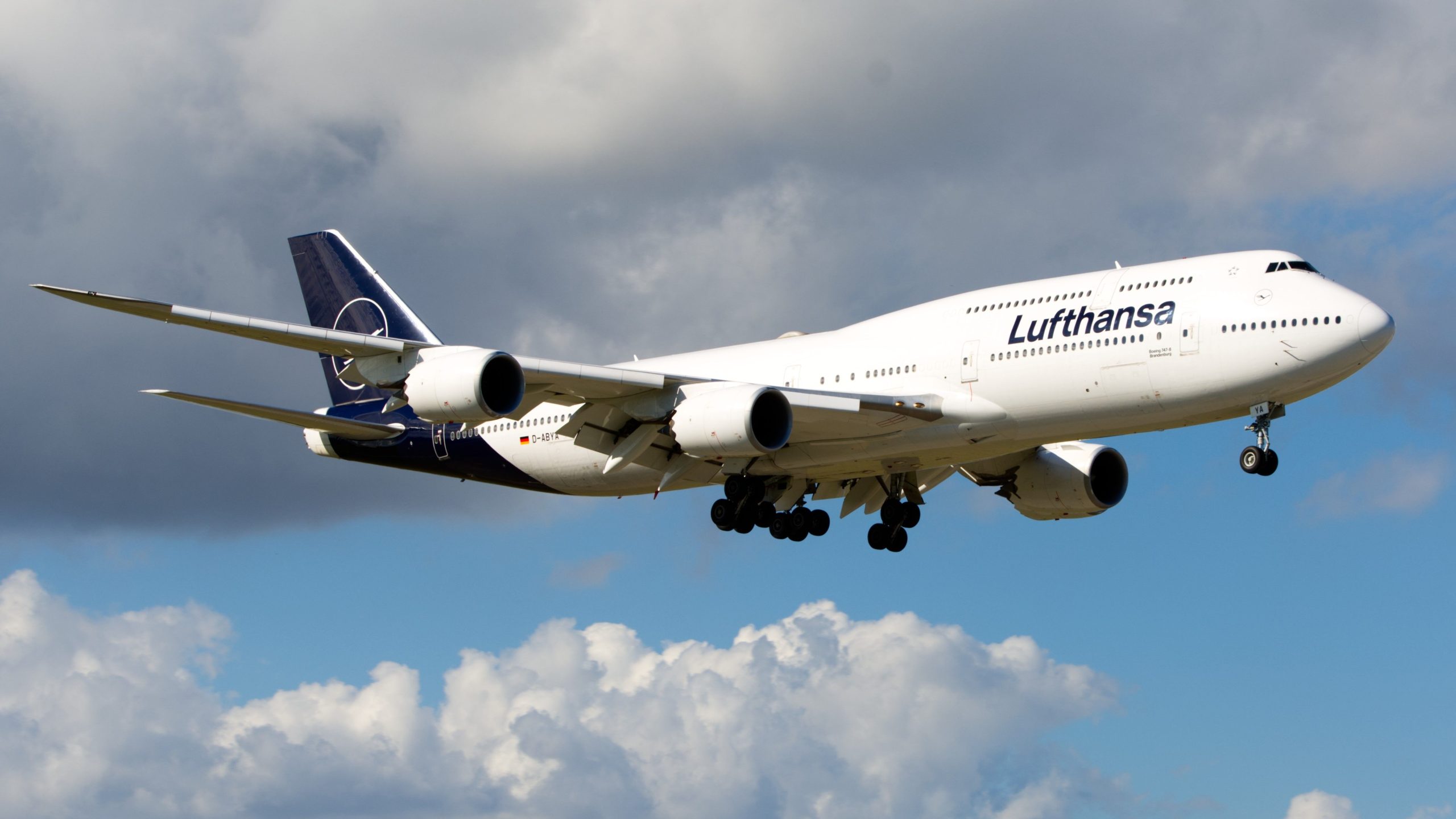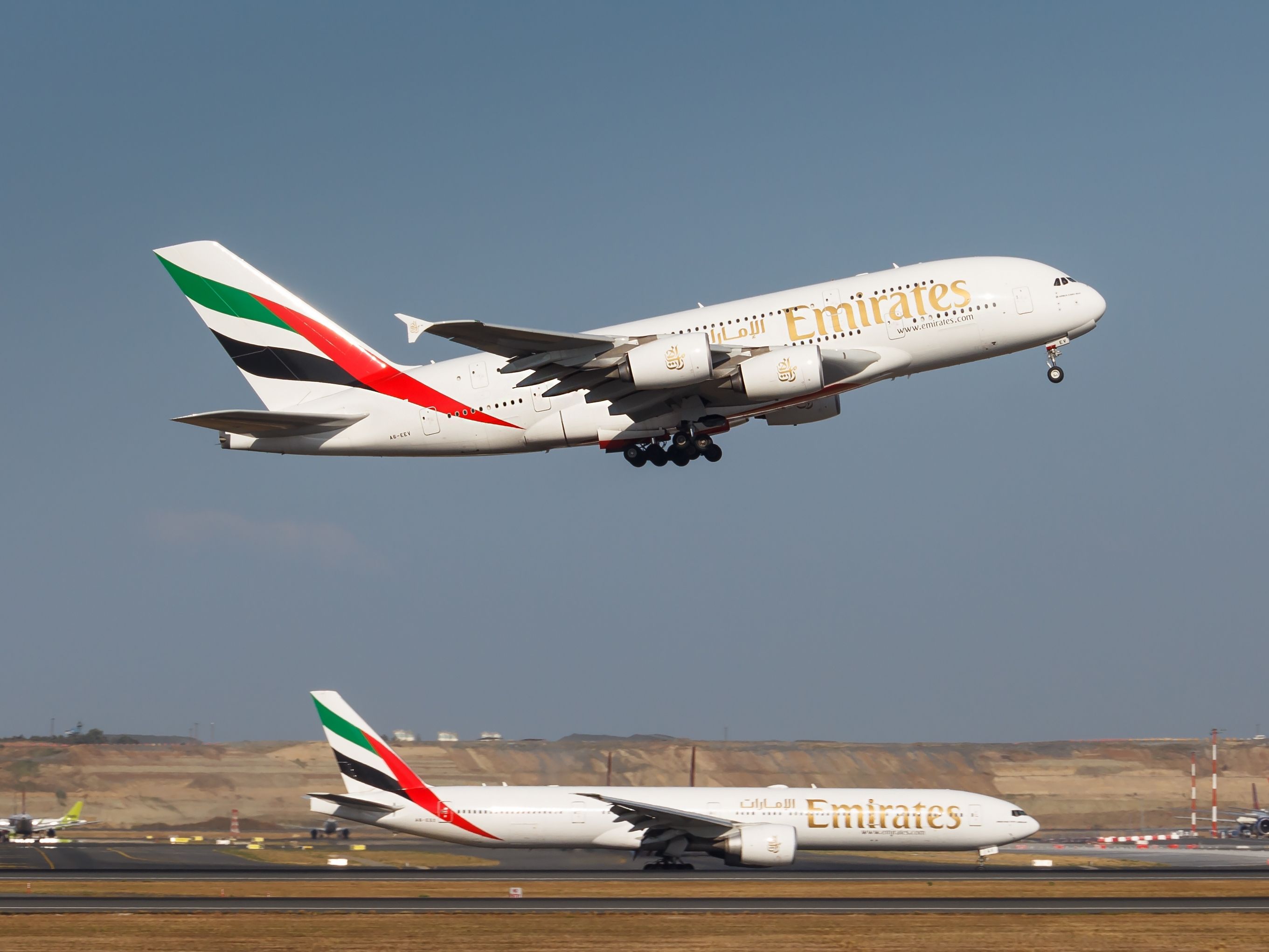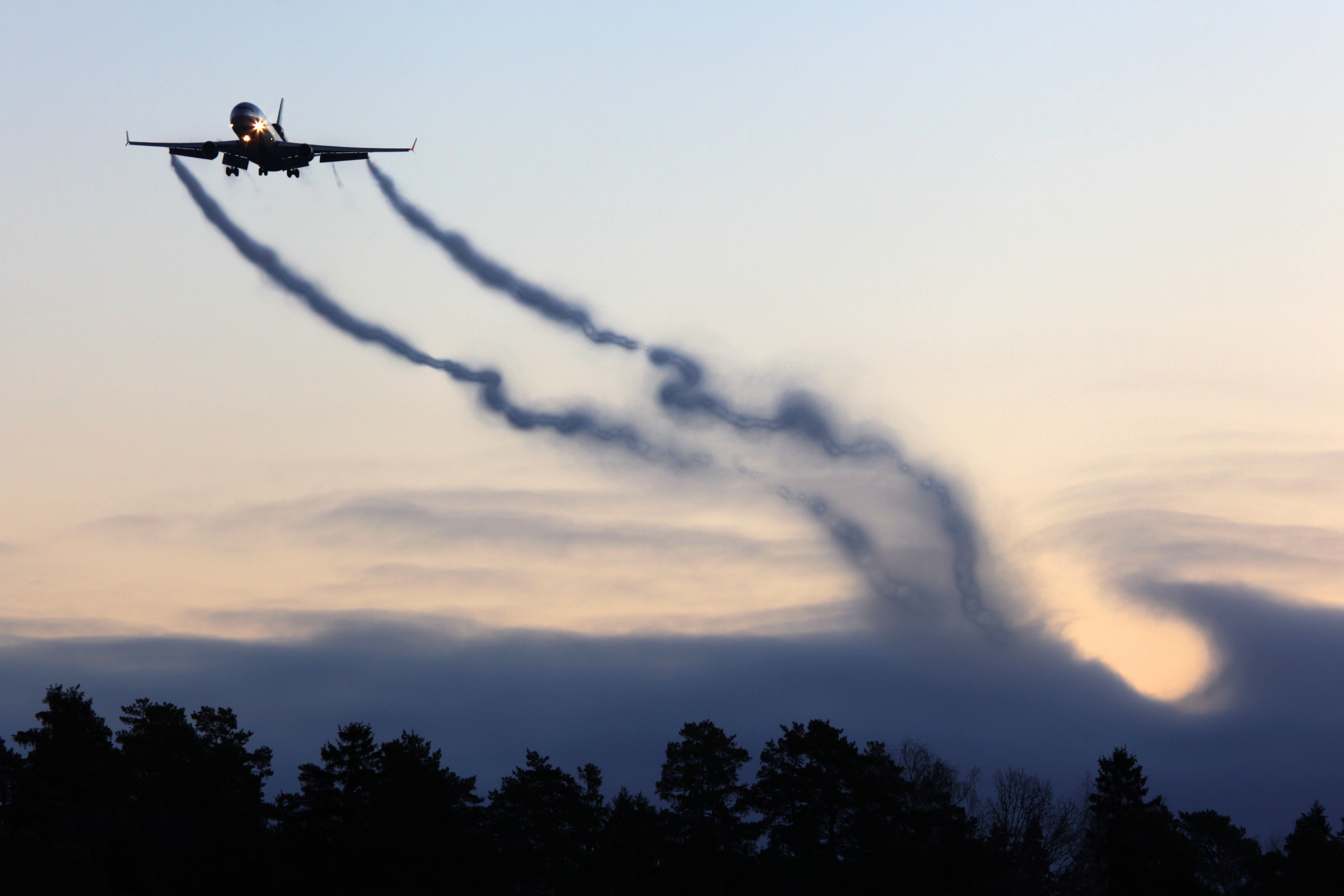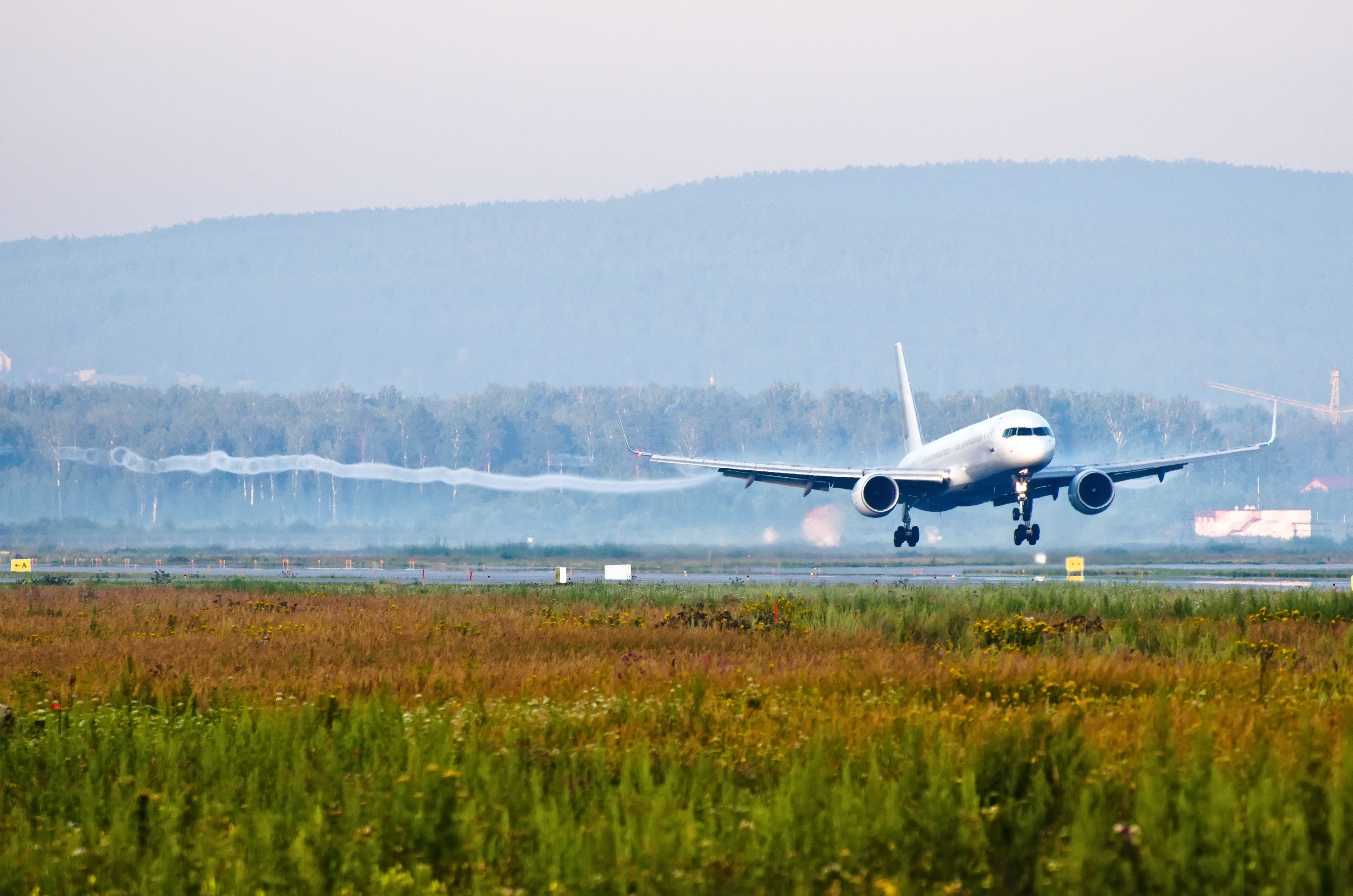If you’ve ever taken the time to listen to airline radio chatter, particularly to air traffic control, you might have heard certain radio transmissions using the term “heavy.” This terminology has a fairly literal meaning, as it pertains directly to the aircraft’s maximum takeoff weight. However, its usage also indicates something else, namely the amount of turbulence a plane might leave in its wake.
Aircraft are categorized by their weight
In the United States of America, there are four classes of aircraft in this regard: small, large, heavy, and super. Only the terms heavy and super are commonly used. In a 2015 document, the Federal Aviation Administration defines small aircraft as those with a maximum takeoff weight of 41,000 pounds (18,600 kg) or less.
Meanwhile, large aircraft are defined as those with a maximum takeoff weight of more than 41,000 pounds, with the category ranging up to 300,000 pounds (136,000 kg). Beyond this, the FAA defines heavy aircraft as those with a maximum takeoff weight of 300,000 pounds or more. Only the Airbus A380 (and, previously, the Antonov An-225) features the unique designation of ‘super’ aircraft.
Photo: MBekir | Shutterstock
According to Skybrary, the International Civil Aviation Organization (ICAO) has a slightly different way of categorizing aircraft. Light aircraft are those with a maximum takeoff weight of 15,500 pounds (7,000 kg) or less, while Medium aircraft are those weighing more than 15,500 pounds but less than 300,000 pounds.
Similarly to the FAA’s designations, Heavy aircraft are those weighing 300,000 pounds or more, and, once again, the Airbus A380 is currently the only aircraft type to be given the Super designator under the ICAO’s present scheme.
“Heavy” also refers to turbulence
On this level, these designators are a way of classifying aircraft by their maximum takeoff weight. However, there is a practical reason for doing this as well, as, generally, the bigger the plane, the bigger the wake turbulence. Wake turbulence is rotating air produced by an aircraft’s wing as it takes off or lands, and the more intense the turbulence, the greater the danger for the following aircraft.
Photo: Fasttailwind | Shutterstock
Usually, when identifying the plane on the radio, pilots will add the heavy descriptor to their aircraft’s callsign in conversations with air traffic controllers. This indicates they should put some space between their plane and the next one.
This means that if you are flying in a small commuter turboprop aircraft, you may need several miles of separation between your flight and the massive A380 preceding you. Get too close, and the wake turbulence can literally flip a light plane. On the other hand, two small commuter aircraft don’t need much separation at all.
Distances vary depending on aircraft size
The aforementioned 2015 FAA document also specifies how much distance should be put between planes. If you are a small plane following a ‘super’ aircraft, the minimum spacing is eight nautical miles. Even a heavy aircraft, such as a Boeing 747-400, following a super aircraft gets a minimum spacing of six nautical miles.
Photo: aappp | Shutterstock
The minimum distance reduces as the maximum takeoff weights get smaller. A large aircraft following a heavy aircraft only needs five nautical miles. A heavy aircraft following another heavy aircraft only needs a space of four nautical miles. A small turboprop following a Boeing 747 requires a minimum distance of six nautical miles.
Meanwhile, it doesn’t matter what kind of plane a super aircraft follows, and they can comfortably tag along behind with a spacing of just two and a half nautical miles. There are certain exceptions, however, with Skybrary noting that “some states apply a higher category to a Boeing 757 (…) [if] it is the preceding aircraft.”
All in all, while the term “heavy” refers to the maximum takeoff weight of the plane, it’s also used as a heads-up for other aircraft in the vicinity to give the plane some distance. Like so many things in aviation, it’s all about safety.
What do you make of this terminology? Have you ever heard it used when listening to air traffic control? Let us know your thoughts and experiences in the comments!




